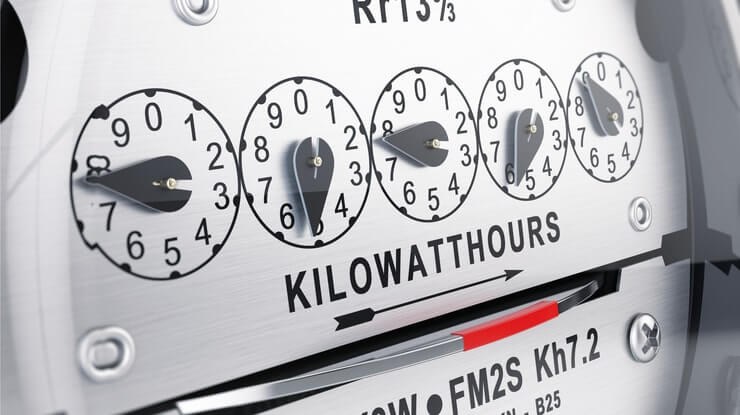In 2016, the average cost of 1 kWh in Central America was 13.48 cents, while in Costa Rica, it was 18.47 cents.
A report from the CEPAL indicates that in 2016, the average cost of one kilowatt hour (kWh) in Central America was 13.48 cents, while in Costa Rica it was 18.47 cents; 37% more for industrial consumption of 100,000 kWh. In El Salvador and Guatemala, it was 11.03 and 11.54 cents respectively. In Panama, 10.92 cents.
The price of electricity is one of the main elements taken into account by foreign companies when deciding in which country in the region they should make their investments. In Costa Rica, businessmen have been complaining for years about the high rates that are incurred in the country, well above the rates of neighboring countries such as Panama, Guatemala or El Salvador.
Jorge Sequeira, director of the CINDE, commented to Nacion.com that “… in foreign industrial investment, electricity is a key factor taken into consideration by companies, especially due to the growing use of robots in transformation and manufacturing processes. The problem we have is that, in general, comparing the cost of electricity between countries is easy. Companies already have that information. This defect is more evident and is the first impression they get from Costa Rica. From the beginning, we start off wrong footed and we have to see how that can be compensated by the country’s other attractions.“
Poor state planning and dependence on a single supplier are the main reasons behind the high electricity prices in Costa Rica. “… In the view of Sequeira, Costa Rica is stuck because it remains “entrenched” in having a single provider whose operating costs are very high and which makes plants two or three times more expensive than expected.“
The ECLAC report states that “…As of December 2016, the installed capacity in the eight systems was 20,237 MW, 6.9% higher than the installed capacity observed in 2015, which represented an increase of 1,312 net MW (a figure that discounts plant withdrawals due to termination of contracts, maintenance or obsolescence).
This generator park is distributed in the following proportions: 20.8% in Guatemala; 17.9% in the Dominican Republic; 17.1% in Costa Rica; 16.5% in Panama; 12% in Honduras; 8.3% in El Salvador; 6.8% in Nicaragua; and 0.9% in Belize. 54.4% of this capacity (10,327 MW) corresponded to plants that use renewable energy sources (RES). In the group of SIEPAC countries, these figures for renewable participation were 62.4% and 9,544 MW. “
